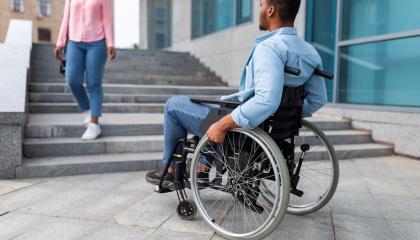A workplace benefits from a diverse team because different experiences and backgrounds can provide new ideas, optimized processes, and more inclusivity.
The meaning of ‘diversity’ may vary for different individuals. It’s important to consider the fact that diversity is not confined to race, sexual orientation, and gender.
The meaning of true diversity stretches far beyond these classifications. Still, while planning their diversity strategies, employers tend to overlook people with disabilities. This results in an inaccessible workplace for such individuals.












